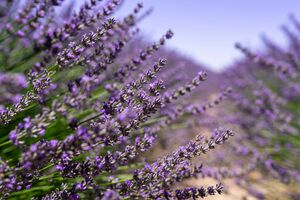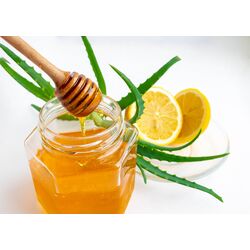Your Garden. Lavender as a Medicinal Plant

At the country house you can easily combine beauty and usefulness. We’re not talking about growing fruit and vegetables now—let’s talk about medicinal plants. Take lavender, for example. Its spreading bushes with delicate flower plumes are an adornment to any garden plot. The balsamic aroma induces drowsiness and relaxation—and not without reason.
Lavender is known not only as an ornamental plant but also as a medicinal one. Its fragrant inflorescences have long been used to make calming teas, aromatic pillows, and oils. In the garden, lavender is valued for its elegant look and pleasant scent, which creates a cozy atmosphere. On a lavender lawn you can set up a romantic picnic, grill meat on the grill, and chat over a glass of wine.
Landscape use
Lavender is ideal for edging along paths, for flowerbeds, and mixed borders. It looks striking next to roses, highlighting their bloom, and with coniferous shrubs, creating a vivid contrast. It can also be used to create a fragrant “carpet” along the seating area.
Planting and care
Lavender prefers sunny, dry locations with light, well-drained soil. Watering should be moderate: the plant does not tolerate waterlogging. To keep the bushes compact, prune them in spring and after flowering. Don’t forget quality garden tools—they’ll be invaluable helpers in the garden.
Wintering
In regions with mild climates, lavender overwinters without problems, but in temperate zones it’s better to cover it with spruce branches or non-woven fabric. It’s especially important to protect the root system from rot—mulch the soil around the bushes with sand or gravel.
Gardener’s tip
If you want lavender to bloom longer, cut off the spent flower stalks—this stimulates the formation of new buds.
Foto: LeonidSorokin/ https://depositphotos.com/







